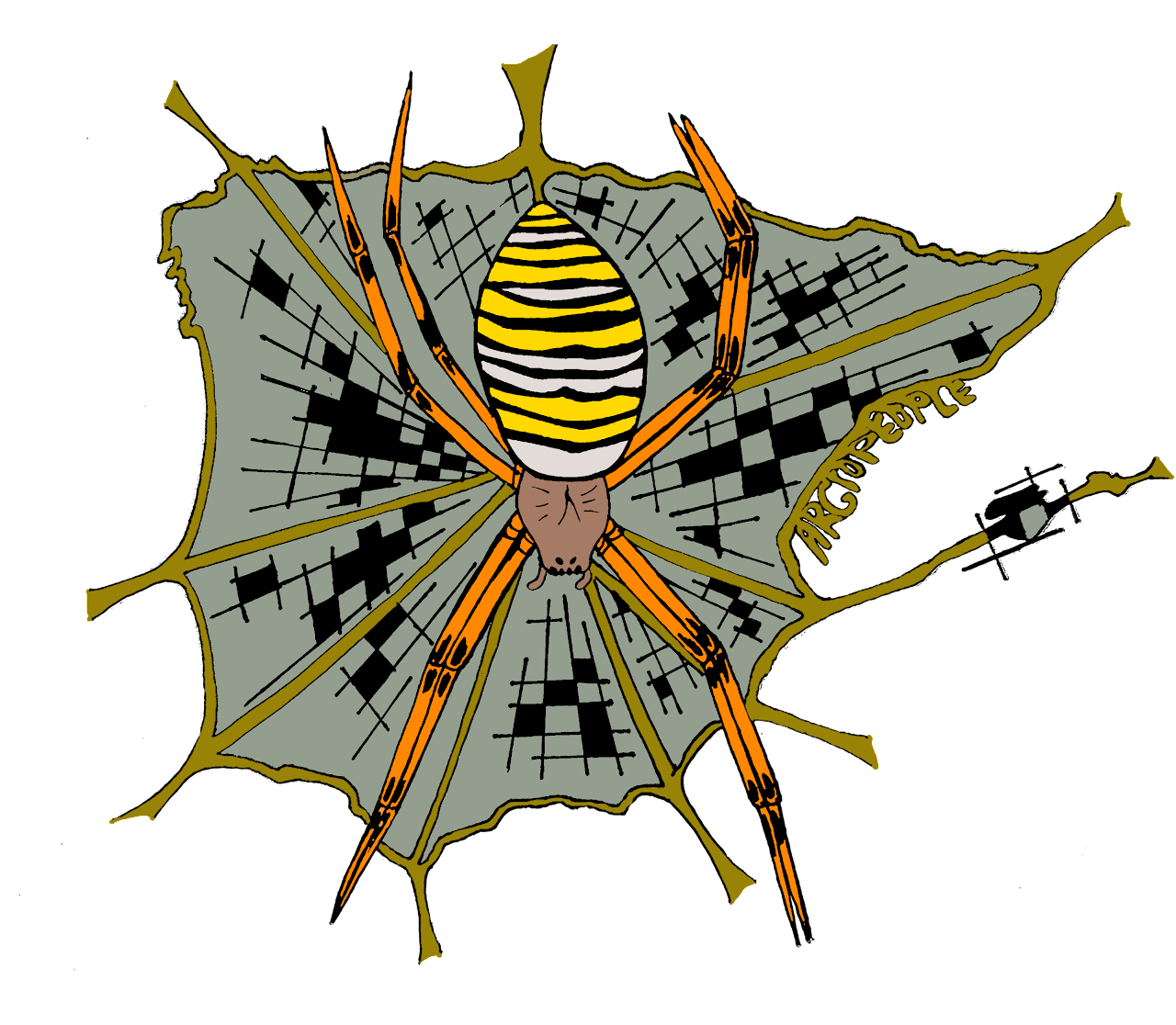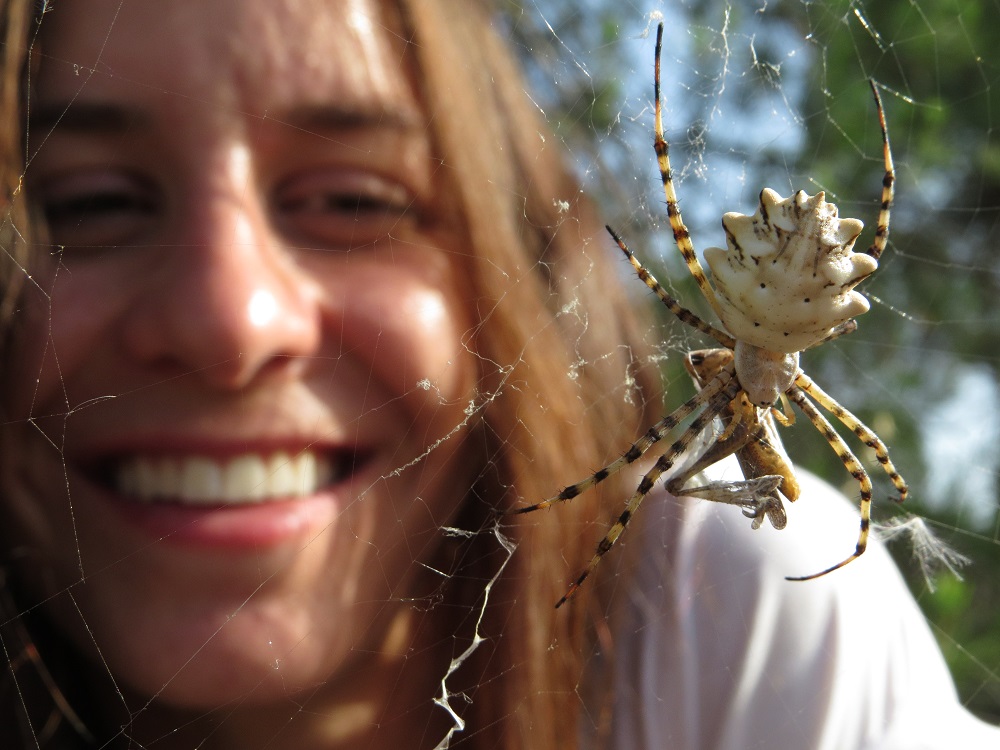Nowadays there is a significant lack of information on the distribution of the Iberian spider species. In the case of common spiders, this insufficiency is due to the fact that these species are considered minor and therefore, not well studied. Aiming to address these gaps, ARGIOPEOPLE, a citizen science project, is created to get to know the distirbution of the three tiger spider species (Argiope) and two species of the genre Araneus living in the Iberian Peninsula. This project is a result of a collaboration of researchers from the Doñana Biological Station – CSIC and the Rey Juan Carlos University and uses data from platforms such as iNaturalist, Observation.org and Biodiversidad Virtual.
Although it seems contradictory, abundant and easy to watch species are sometimes the less known, so their ranges are usually underestimated. The spiders of the genre Argiope are a good example. In the Iberian Peninsula, this genre is represented by three species: Argiope bruennichi, A. lobata and A. trifasciata. These spiders, commonly known as tiger spiders for their tiger patterns, are very ostentatious, big and with a marked sexual dimorphism. While males have a very small size, less than 1 cm, females can reach up to 3 cm in body length, becoming one of the biggest Iberian spiders. They are usually hung upside down in the centre of a grand, orbicular and resistant web, frequently crossed by zig-zag silk fibres between two radios. The three species can be observed in the fields since June to Novembre. For the moment, there are very dispersed data points about them. A. bruennichi seems to have a wide distributon in the peninsula, from temperate to Mediterranean climates, whereas A. lobata has no data in the temperate climate zona and A. trifascata seems to be restricted in the South, with limited records in Badajoz, Toledo, Southern Portugal, Huelva, Cádiz, Almería, Murcia and Alicante. The three species are present in the Belearic Islands and have also been introduced in the Canarian Islands.
The garden spiders of the genre Araneus, which also weave orbicular webs, are another example. Of the 12 species present in the peninsula, the females of two of them (A. diadematus and A. pallidus) have a rounded and orange-coloured opisthosoma with a remarkable white cross on the dorsal zone, which make them easy to identify and gave them the common name of cross spider. They are between the most common araneids in Europe and can be easily observed during the whole year in many habitats, including gardens and plantations. Just as the tiger spiders, they are harmless to people. Both species have scattered records across the Peninsula. However, Araneus diadematus has not been registered in Extremadura, Andalusia or Southern Portugal. As for Araneus pallidus, it has not been recorded in the Pyrenean region, Navarra, País Vasco, Cantabria, Asturias, Castilla La Mancha, eastern Andalusia or Balearic Islands. In Portugal, there are only four historical records, from the late XIXth century and early 20th century for the Central-North region.
Join the project

ARGIOPEOPLE project is created to improve the knowledge on the distribution of these emblematic five species from the Mediterranean region thanks to the citizen science, essential to study common species that are not a priority in the current biodiversity studies. To collaborate in this project, you can send pictures of these five spiders to argiopeople@gmail.com with the date and location where you have found them. If it is a tiger spider, a picture showing the dorsal zone it is adequate. On the other side, if it is a garden spider, we need two pictures, one showing the dorsal zone and one showing the abdomen, since it is necessary to see the genital area to see the differences between the two garden spider species.
More information in the website: https://sites.google.com/view/argiopeople









 ¡Abierta convocatoria para proyectos de investigación en la ICTS- Doñana!
¡Abierta convocatoria para proyectos de investigación en la ICTS- Doñana!


